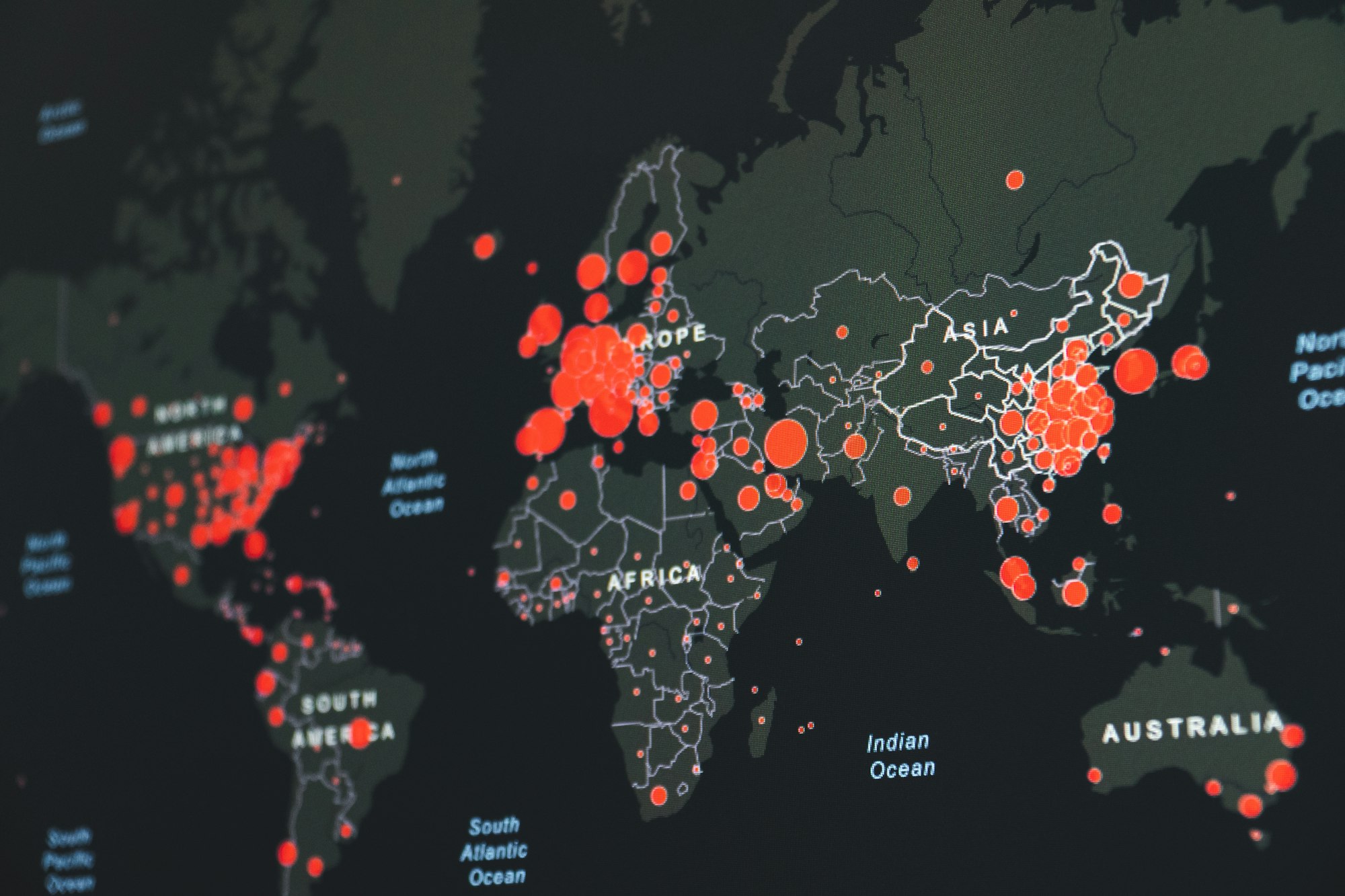The Compliance Crisis Deepens: Regulatory Fines Skyrocket 417% in First Half of 2025

Executive Summary
The regulatory enforcement landscape has reached unprecedented levels, with global financial penalties against financial institutions more than quadrupling in the first half of 2025. According to new research from Fenergo, regulatory fines surged 417% to $1.23 billion compared to the same period in 2024, marking the most dramatic escalation in enforcement activity in recent history. This explosive growth in penalties signals a fundamental shift in how regulators are approaching compliance failures, with digital assets firms finding themselves squarely in the crosshairs.

The Numbers That Matter
Regulators levied approximately 139 financial penalties, according to publicly available data, in the first half of 2025, totalling $1.23bn – a 417% increase on the same period in 2024, where a total 118 fines were issued worth $238.6m. The magnitude of this increase is staggering, representing not just an uptick in enforcement activity but a fundamental recalibration of regulatory priorities.
The penalties span a broad spectrum of compliance failures: The fines relate to anti-money laundering (AML), know your customer (KYC), sanctions, suspicious activity reports (SARs), and transaction monitoring violations.
Regional Breakdown: North America Leads the Charge
The enforcement surge was not uniform across regions, with North American regulators taking the most aggressive stance. Penalties imposed by North American regulators saw the largest increase in terms of value, totalling over $1.06bn – a 565% surge on the same period in 2024. This represents a remarkable concentration of enforcement activity, with U.S. authorities leading the global crackdown on financial crime.
Europe also saw significant increases, though at more modest levels. EMEA also experienced an uptick of penalties with watchdogs issuing $168.2m worth of fines, up 147% from $68m.
Conversely, Asia-Pacific bucked the global trend. Meanwhile, the value of penalties issued by regulators in APAC fell. Authorities in APAC issued a total $3.4m of penalties in H1 this year, down considerably from $10.7m in H1 2024.
Digital Assets in the Spotlight
The cryptocurrency and digital assets sector bore the brunt of regulatory enforcement, with two massive penalties dominating the landscape:
OKX: The $504 Million Wake-Up Call
The most significant penalty was issued by the US Department of Justice (DOJ) to cryptocurrency exchange OKX, which paid more than $504m after it pled guilty to failing to maintain an effective AML program in February.
The OKX case represents a textbook example of willful compliance failures. For over seven years, OKX knowingly violated anti-money laundering laws and avoided implementing required policies to prevent criminals from abusing our financial system. As a result, OKX was used to facilitate over five billion dollars' worth of suspicious transactions and criminal proceeds.
The enforcement action revealed systematic violations, including:
- From in or about 2018 through in or about at least early 2024, OKX served U.S. retail and institutional customers that engaged in over one trillion dollars' worth of transactions through OKX
- Failure to register as a money services business despite serving U.S. customers
- OKX employees on certain occasions advised customers how to provide false information to circumvent the company's KYC process

BitMEX: Another $100 Million Lesson
Another cryptocurrency exchange, BitMEX, was also fined more than $100m by the DOJ for similar AML failings.
HDR GLOBAL TRADING LTD., a/k/a "BITMEX", was sentenced today to a fine of $100 million for violating the Bank Secrecy Act by willfully failing to establish, implement, and maintain an adequate anti-money laundering ("AML") and know-your-customer ("KYC") program.
The BitMEX case further underscored the consequences of deliberate non-compliance. BITMEX and its executives knew that because BITMEX served U.S. customers, it was required to implement an AML program that included a KYC component but chose to flaunt those requirements, requiring only that customers provide an email address to use BITMEX's services.
The Sanctions Compliance Explosion
One of the most striking aspects of the H1 2025 enforcement landscape was the dramatic increase in sanctions-related penalties. Sanctions compliance breaches in H1 2025 drew $228.8 million in fines, rising from just $3.7 million in the same period last year.
This represents a staggering 6,000%+ increase in sanctions-related fines, reflecting the heightened geopolitical tensions and evolving sanctions regimes worldwide. The findings also reflect a global trend of increased regulatory scrutiny around sanctions compliance, as geopolitical tensions and evolving sanctions regimes place greater pressure on firms to bolster their systems and processes.
Expert Analysis: What's Driving the Surge
Rory Doyle, Head of Financial Crime Policy at Fenergo, provided crucial context for these developments: "These figures offer a stark warning to financial institutions across the globe – particularly those operating in the fast-growing digital assets sector, where watchdogs won't hesitate to dole out hefty fines for AML shortcomings".
The analysis points to several key factors driving the enforcement surge:
- Digital Assets Maturation: As cryptocurrency markets have grown, regulators are applying traditional financial services standards with increasing rigor
- Geopolitical Pressures: Rising global tensions have made sanctions compliance a top priority
- Technology Integration: Regulators expect firms to leverage advanced technology for compliance monitoring
- Zero Tolerance Approach: Authorities are demonstrating decreased patience for compliance failures

Industry Impact and Trends
The Cost of Non-Compliance
The financial impact extends beyond immediate penalties. Organizations face:
- Reputational damage
- Increased regulatory scrutiny
- Operational restrictions
- Leadership changes
- Customer loss
Technology as a Critical Differentiator
"The importance of integrating smarter financial crime technology with AI to increase accuracy and strengthen due diligence processes cannot be overstated in this context – especially as firms continue to grapple with more complex markets and a shortage of skilled financial crime professionals".
Regulatory Expectations Evolution
The enforcement patterns reveal that regulators are:
- Imposing larger penalties for repeat offenses
- Focusing on systemic compliance failures
- Expecting proactive risk management
- Demanding comprehensive audit trails
- Requiring real-time monitoring capabilities
Strategic Implications for Compliance Programs
Immediate Actions Required
- Comprehensive Risk Assessment: Organizations must conduct thorough reviews of their current compliance frameworks
- Technology Modernization: Investment in AI-powered monitoring and detection systems is becoming mandatory
- Staff Training Enhancement: Regular updates on evolving regulatory requirements
- Sanctions Screening Upgrades: Given the 6,000%+ increase in sanctions penalties, this area requires immediate attention
Long-term Strategic Considerations
- Regulatory Intelligence: Establishing robust systems to monitor and interpret evolving regulatory requirements
- Cross-Border Compliance: Understanding jurisdictional differences and overlapping requirements
- Vendor Management: Ensuring third-party service providers meet compliance standards
- Board Oversight: Enhancing governance structures for compliance risk management
Looking Ahead: Predictions for H2 2025
Based on current trends, compliance professionals should prepare for:
- Continued Enforcement Intensity: The aggressive approach is likely to persist
- Expanded Sanctions Regimes: Geopolitical tensions suggest continued growth in sanctions complexity
- Technology Scrutiny: AI and automated systems will face increased regulatory examination
- Cross-Border Coordination: Enhanced cooperation between international regulators

Regional Considerations
United States
With 95% of global penalties originating from North American regulators in recent periods, U.S. compliance remains the primary concern for international financial institutions.
Europe
The Financial Conduct Authority (FCA) issued three significant fines to financial institutions for critical failings in AML compliance practices at a total of $64,744,380 up from $25.2 million in 2023.
Asia-Pacific
While penalties decreased in H1 2025, regulatory changes in key markets like Singapore suggest future enforcement increases.
Best Practices for Compliance Excellence
1. Proactive Compliance Culture
- Establish compliance as a core business value
- Regular training and awareness programs
- Clear escalation procedures
- Whistleblower protection programs
2. Technology-Enabled Monitoring
- Real-time transaction monitoring
- AI-powered anomaly detection
- Comprehensive audit trails
- Automated reporting systems
3. Risk-Based Approach
- Regular risk assessments
- Tailored controls for different risk levels
- Continuous monitoring and adjustment
- Clear risk appetite statements
4. Vendor and Third-Party Management
- Due diligence on all service providers
- Regular compliance certifications
- Contractual compliance requirements
- Ongoing monitoring of third-party risks

Conclusion: A New Era of Compliance
The 417% surge in regulatory fines during H1 2025 represents more than a statistical anomaly—it signals a fundamental shift in the regulatory landscape. Financial institutions can no longer view compliance as a cost center or regulatory burden but must recognize it as a critical business function that directly impacts organizational survival and success.
The cryptocurrency sector's prominence in these enforcement actions serves as a cautionary tale for all financial services providers. As digital assets become increasingly mainstream, regulatory expectations are converging with traditional financial services standards, but with enforcement that is often more severe.
Organizations that fail to adapt to this new reality do so at their peril. The financial penalties documented in the Fenergo report represent only the tip of the iceberg—the full cost of non-compliance includes reputational damage, operational restrictions, and competitive disadvantages that can persist for years.
Moving forward, successful compliance programs will be characterized by:
- Proactive risk identification and mitigation
- Technology-enabled monitoring and detection
- Comprehensive staff training and awareness
- Regular assessment and improvement cycles
- Strong governance and oversight structures
The message from regulators is clear: compliance failures will be met with swift, severe, and increasingly expensive consequences. Organizations that invest in robust, technology-enabled compliance programs today will be best positioned to navigate the challenging regulatory environment ahead.
As we move into the second half of 2025, compliance professionals must remain vigilant, adaptive, and committed to the highest standards of regulatory adherence. The cost of failure has never been higher, but the opportunity to establish competitive advantage through compliance excellence has never been greater.

This analysis is based on publicly available regulatory data and enforcement actions. Organizations should consult with qualified legal and compliance professionals for guidance specific to their circumstances and regulatory requirements.
Sources and References
- Fenergo H1 2025 Global Financial Institution Enforcement Actions Report
- U.S. Department of Justice Press Releases
- Financial Crimes Enforcement Network (FinCEN) Announcements
- Commodity Futures Trading Commission (CFTC) Orders
- Various regulatory authority public statements and enforcement actions













